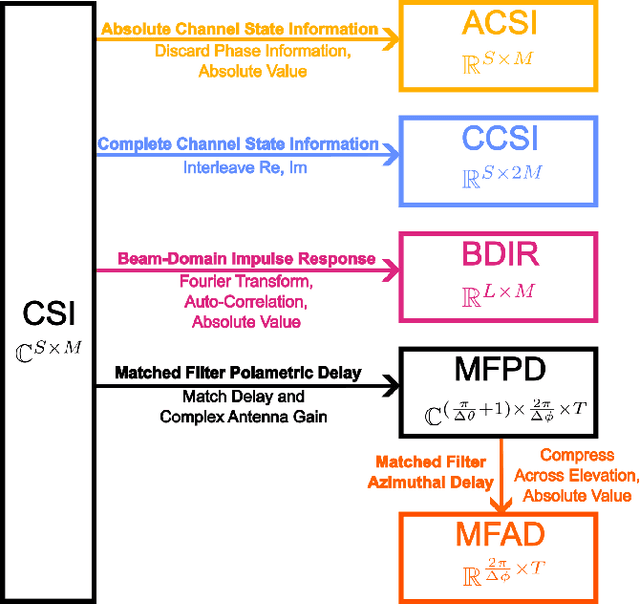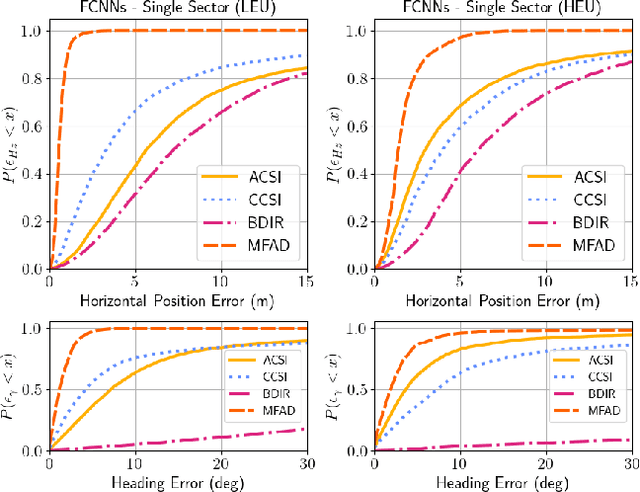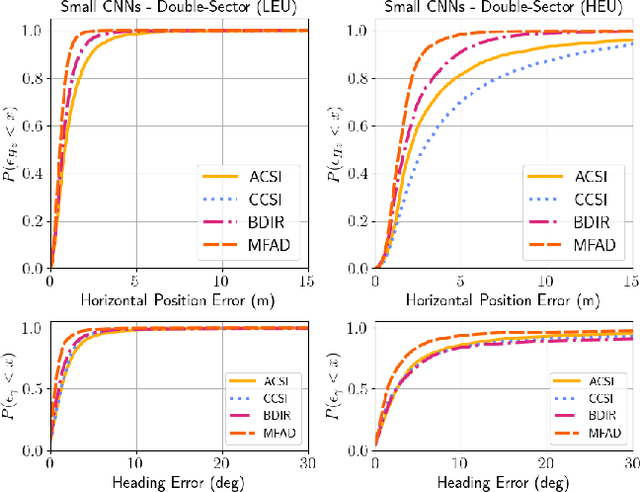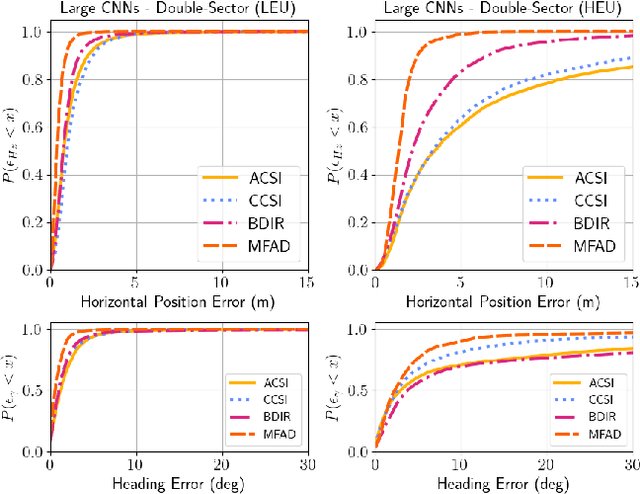Junshi Chen
Pruner: An Efficient Cross-Platform Tensor Compiler with Dual Awareness
Feb 04, 2024Abstract:Tensor program optimization on Deep Learning Accelerators (DLAs) is critical for efficient model deployment. Although search-based Deep Learning Compilers (DLCs) have achieved significant performance gains compared to manual methods, they still suffer from the persistent challenges of low search efficiency and poor cross-platform adaptability. In this paper, we propose $\textbf{Pruner}$, following hardware/software co-design principles to hierarchically boost tensor program optimization. Pruner comprises two primary components: a Parameterized Static Analyzer ($\textbf{PSA}$) and a Pattern-aware Cost Model ($\textbf{PaCM}$). The former serves as a hardware-aware and formulaic performance analysis tool, guiding the pruning of the search space, while the latter enables the performance prediction of tensor programs according to the critical data-flow patterns. Furthermore, to ensure effective cross-platform adaptation, we design a Momentum Transfer Learning ($\textbf{MTL}$) strategy using a Siamese network, which establishes a bidirectional feedback mechanism to improve the robustness of the pre-trained cost model. The extensive experimental results demonstrate the effectiveness and advancement of the proposed Pruner in various tensor program tuning tasks across both online and offline scenarios, with low resource overhead. The code is available at https://github.com/qiaolian9/Pruner.
Wiometrics: Comparative Performance of Artificial Neural Networks for Wireless Navigation
Sep 05, 2023



Abstract:Radio signals are used broadly as navigation aids, and current and future terrestrial wireless communication systems have properties that make their dual-use for this purpose attractive. Sub-6 GHz carrier frequencies enable widespread coverage for data communication and navigation, but typically offer smaller bandwidths and limited resolution for precise estimation of geometries, particularly in environments where propagation channels are diffuse in time and/or space. Non-parametric methods have been employed with some success for such scenarios both commercially and in literature, but often with an emphasis on low-cost hardware and simple models of propagation, or with simulations that do not fully capture hardware impairments and complex propagation mechanisms. In this article, we make opportunistic observations of downlink signals transmitted by commercial cellular networks by using a software-defined radio and massive antenna array mounted on a passenger vehicle in an urban non line-of-sight scenario, together with a ground truth reference for vehicle pose. With these observations as inputs, we employ artificial neural networks to generate estimates of vehicle location and heading for various artificial neural network architectures and different representations of the input observation data, which we call wiometrics, and compare the performance for navigation. Position accuracy on the order of a few meters, and heading accuracy of a few degrees, are achieved for the best-performing combinations of networks and wiometrics. Based on the results of the experiments we draw conclusions regarding possible future directions for wireless navigation using statistical methods.
Extended FastSLAM Using Cellular Multipath Component Delays and Angular Information
Jan 18, 2023Abstract:Opportunistic navigation using cellular signals is appealing for scenarios where other navigation technologies face challenges. In this paper, long-term evolution (LTE) downlink signals from two neighboring commercial base stations (BS) are received by a massive antenna array mounted on a passenger vehicle. Multipath component (MPC) delays and angle-of-arrival (AOA) extracted from the received signals are used to jointly estimate the positions of the vehicle, transmitters, and virtual transmitters (VT) with an extended fast simultaneous localization and mapping (FastSLAM) algorithm. The results show that the algorithm can accurately estimate the positions of the vehicle and the transmitters (and virtual transmitters). The vehicle's horizontal position error of SLAM fused with proprioception is less than 6 meters after a traversed distance of 530 meters, whereas un-aided proprioception results in a horizontal error of 15 meters.
High-Resolution Channel Sounding and Parameter Estimation in Multi-Site Cellular Networks
Nov 17, 2022Abstract:Accurate understanding of electromagnetic propagation properties in real environments is necessary for efficient design and deployment of cellular systems. In this paper, we show a method to estimate high-resolution channel parameters with a massive antenna array in real network deployments. An antenna array mounted on a vehicle is used to receive downlink long-term evolution (LTE) reference signals from neighboring base stations (BS) with mutual interference. Delay and angular information of multipath components is estimated with a novel inter-cell interference cancellation algorithm and an extension of the RIMAX algorithm. The estimated high-resolution channel parameters are consistent with the movement pattern of the vehicle and the geometry of the environment and allow for refined channel modeling and precise cellular positioning.
 Add to Chrome
Add to Chrome Add to Firefox
Add to Firefox Add to Edge
Add to Edge